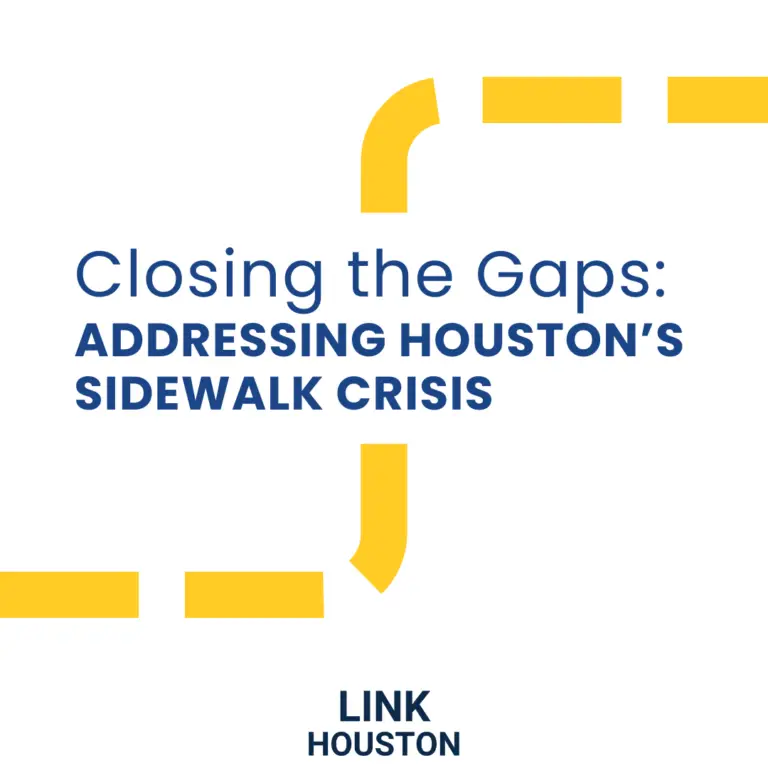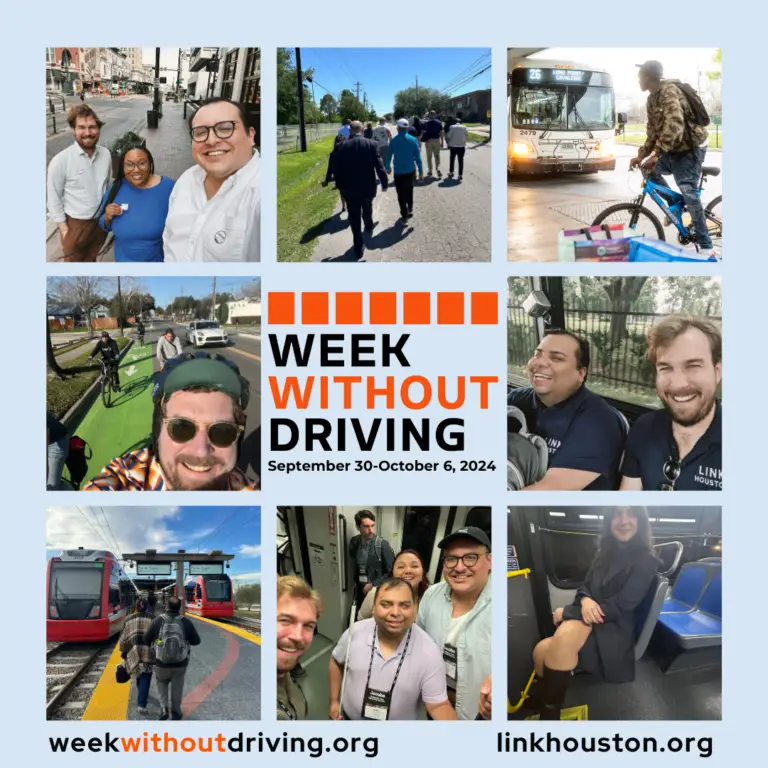[fusion_builder_container admin_label=”” hundred_percent=”no” hundred_percent_height=”no” hundred_percent_height_scroll=”no” hundred_percent_height_center_content=”yes” equal_height_columns=”no” menu_anchor=”” hide_on_mobile=”small-visibility,medium-visibility,large-visibility” status=”published” publish_date=”” class=”” id=”” background_color=”” background_image=”” background_position=”center center” background_repeat=”no-repeat” fade=”no” background_parallax=”none” enable_mobile=”no” parallax_speed=”0.3″ video_mp4=”” video_webm=”” video_ogv=”” video_url=”” video_aspect_ratio=”16:9″ video_loop=”yes” video_mute=”yes” video_preview_image=”” border_size=”” border_color=”” border_style=”solid” margin_top=”” margin_bottom=”” padding_top=”30px” padding_right=”” padding_bottom=”30px” padding_left=””][fusion_builder_row][fusion_builder_column type=”1_1″ layout=”1_1″ spacing=”yes” center_content=”no” link=”” target=”_self” min_height=”” hide_on_mobile=”small-visibility,medium-visibility,large-visibility” class=”” id=”” background_color=”” background_image=”” background_position=”left top” undefined=”” background_repeat=”no-repeat” hover_type=”none” border_size=”” border_color=”” border_style=”solid” border_position=”all” padding_top=”” padding_right=”” padding_bottom=”” padding_left=”” margin_top=”0px” margin_bottom=”0px” animation_type=”” animation_direction=”left” animation_speed=”0.3″ animation_offset=”” last=”no”][fusion_text columns=”” column_min_width=”” column_spacing=”” rule_style=”default” rule_size=”” rule_color=”” hide_on_mobile=”small-visibility,medium-visibility,large-visibility” class=”” id=”” animation_type=”” animation_direction=”left” animation_speed=”0.3″ animation_offset=””]
On May 12, 2010 Houston Mayor Sylvester Turner sent a letter to the Texas Transportation Commissioner Laura Ryan outlining his vision for the proposed I-45 expansion. Here are LINK Houston’s takeaways:
What’s the Mayor’s Vision? Why doesn’t the letter say Vision C?
The letter outlines the Mayor’s new vision for the North Houston Highway Improvement Project (NHHIP, aka IH-45 North Expansion). The City of Houston previewed this information and previously called it Vision C, alongside other Visions A and B that the Mayor also considered. As City staff said would happen, the Mayor tweaked the information. In the letter, it is simply the Mayor’s vision.
What’s in the Mayor’s vision?
What the vision encompasses is more important than the name. The “footprint” section in the appendix is the best summary of the City’s expectations for the future project.
For Segments 1 & 2:
- Rebuild the highway within the current footprint as much as possible.
- No additional main lanes.
- Current reversible HOV/HOT lane to be replaced with two-way, dedicated transit lanes.
- Design exceptions to lane widths and shoulder widths as required to keep the footprint within the current right of way.
What is the vision for Segment 3 around downtown?
The Mayor proposes “no significant changes to configuration or footprint” of Segment 3 as presently planned by TxDOT. While the letter minimalizes the modifications in Segment 3, the appendix details changes in neighborhoods such as Third Ward and calls for changes to ramps, George R. Brown functionality, other structures, and green spaces.
How does the Mayor’s vision address displacement of families?
The Mayor starts by saying the best outcome is “minimizing displacement.” In cases where people are still displaced, the Mayor calls on TxDOT to go “above and beyond” state and federal requirements, including ensuring relocation is in a resident’s current community and covers moving expenses, rent deposits, and/or homeowner property value sales.
Where does flooding fit in the vision?
The appendix affirms that the City concurs with the Harris County Flood Control District’s standards, including the Atlas 14 rainfall rates.
How does the Mayor’s vision align with the Climate Action Plan?
The letter says the City would like to work with TxDOT to “address air quality, including air quality monitors,” but the vision does not provide specific guidance for next steps as seen in other sections of the letter and appendix. The letter does not reference the Mayor’s goals for the newly released Climate Action Plan or Resilient Houston.
The Mayor’s letter urges TxDOT to pursue a design-bid-build process for Segments 1 and 2, which would involve consistent TxDOT involvement and oversight through the bidding and building process and could potentially allow for more flexibility down the road. This would replace the design-build process, which is currently underway for Segment 3. Design-build empowers the contractor and leaves TxDOT with a primarily oversight role after the contract is let. Design-bid-build means a final detailed design is available for public scrutiny prior to any construction beginning.
Who is Laura Ryan? What is the Texas Transportation Commission?
The Mayor’s letter is addressed to Laura Ryan, the Texas Transportation Commissioner for our region. The Texas Transportation Commission has four members and overseas TxDOT (almost like a Board).
Will this letter delay the Final Environmental Impact Statement (FEIS)?
The Mayor’s letter does not call for a delay in the FEIS. To our understanding, the City believes that it can achieve the type of changes the City seeks through a reevaluation that occurs after the FEIS and prior to construction. Reevaluations take place after the FEIS, after the current environmental process is finished. (NOTE: LINK Houston continues to press for a delay in the FEIS to allow for appropriate public engagement given the COVID-19 pandemic and to more thoroughly study and address concerns we’ve raised in Segments 1, 2, and 3. A letter from LINK Houston and partners and letters from local and state elected officials were sent to Laura Ryan and TxDOT.)
What about the Record of Decision that marks the end of the environmental review process?
While the final letter does not mention the Record of Decision, the PowerPoint presentation on the City’s website notably urges TxDOT to move forward with a Record of Decision … on Segment 3 (only). The implication being that there is still important work to do on Segments 1 and 2.
What happens now? How will the project change?
The Mayor’s letter calls on TxDOT to study the alternative vision. The letter has no binding authority to change the project on its own. It is now up to TxDOT to respond.
LINK Houston
May 18, 2020
[/fusion_text][/fusion_builder_column][/fusion_builder_row][/fusion_builder_container]






